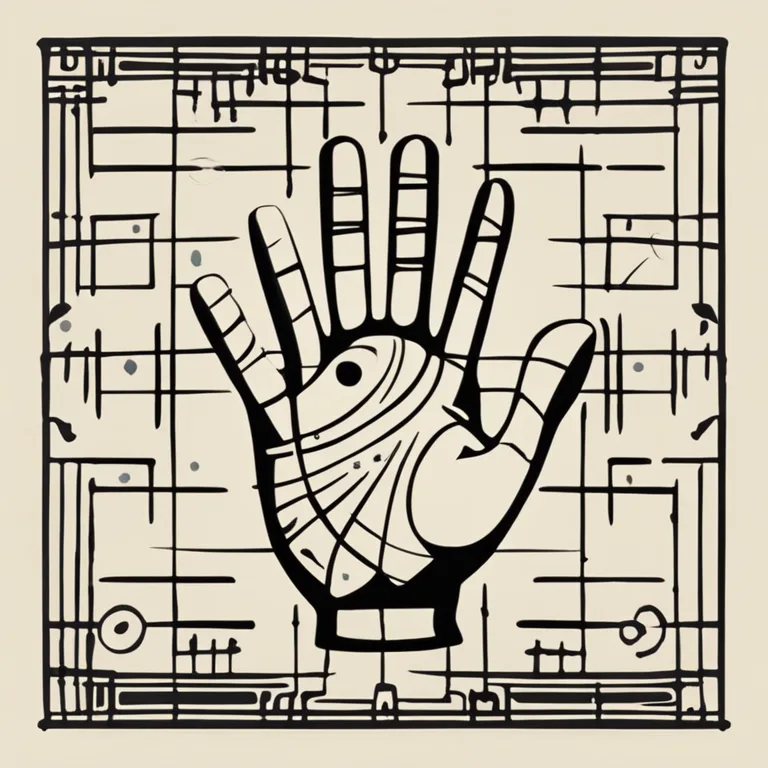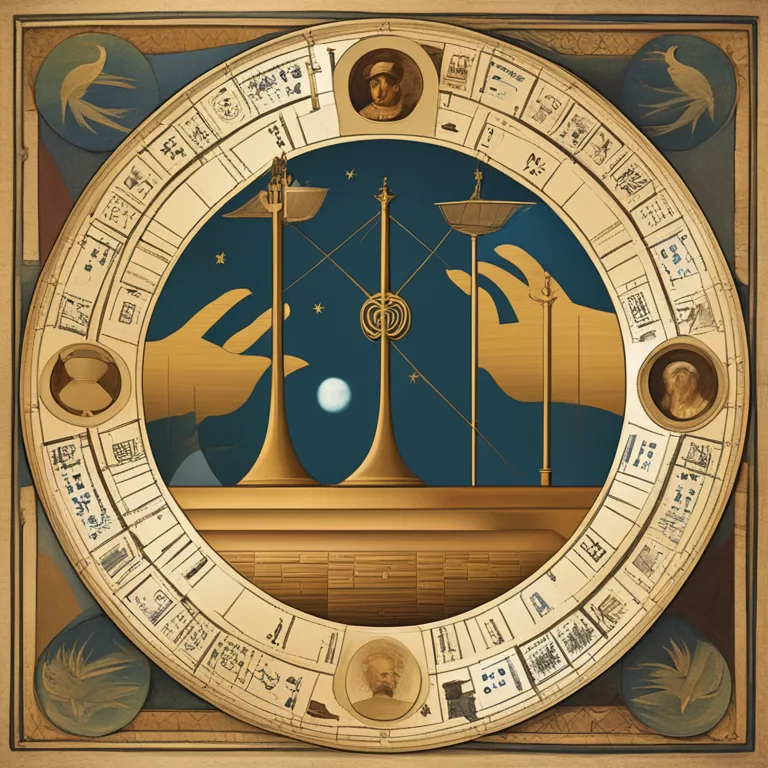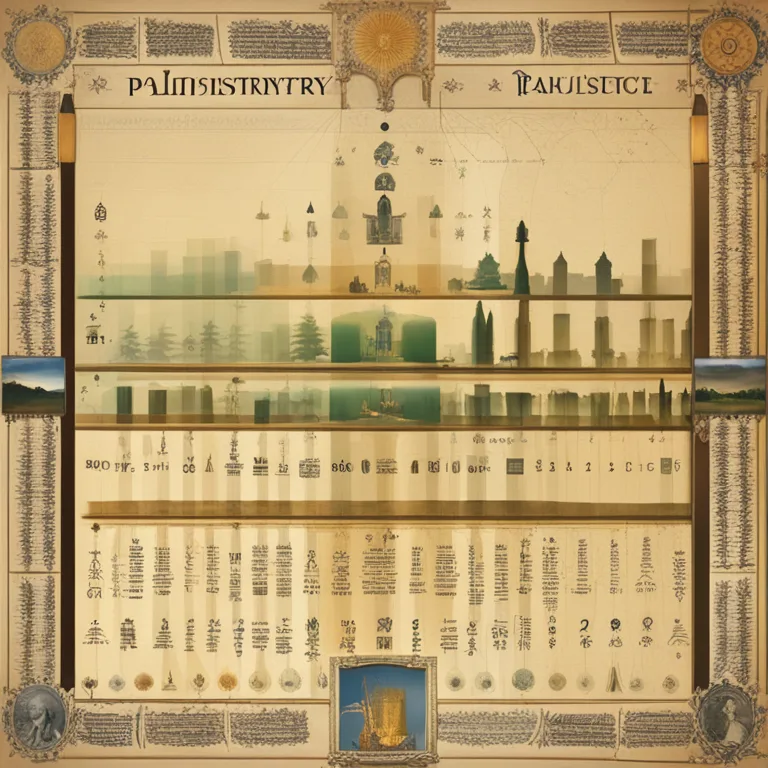
The Origins of Palmistry: An Ancient Art
Trace the roots of palmistry from ancient mysticism to contemporary fascination, exploring the historical journey of this intriguing practice.
article by Nora Pennington
Palmistry's Ancient Beginnings
Long before palmistry captured the modern imagination, it was a practiced art in various ancient cultures. Tracing its nebulous origins to different civilizations, the practice of palm reading, also known as chiromancy, has a storied history. Often associated with the mystical and metaphysical, palmistry was employed in ancient India, China, and Egypt. In Vedic literature, palm readings were used as one of the tools for understanding life's pathway. Ancient Chinese texts also reference the interpretative art, highlighting its longstanding value in Asian cultures, while Egyptian tombs have depicted images of palmistry in practice, suggesting it was part of their complex approach to divination and understanding fate.

Greek Influence and Philosophical Implications
The spread of palmistry to the Western world is often accredited to the Greek philosopher Anaxagoras, who brought this knowledge to Athens. The Greeks, led by figures like Aristotle, delved deeper into the philosophical implications of palm readings. Aristotle penned a manuscript on the subject, reportedly after discovering a text on palmistry on an altar to the god Hermes. For the Greeks, palmistry was integrated with their understanding of the natural world and was often discussed alongside astrology as a means of deciphering character and potential.
The Practice's Ebb and Flow in Popularity
Like many esoteric practices, palmistry has seen periods of both acceptance and skepticism. After flourishing in the Hellenistic period, it witnessed a decline as the Roman Empire fell and Europe entered the Middle Ages. During the Renaissance, a revival of learning brought a renewed interest in the art. This resurgence continued in fits and starts, experiencing fluctuating fortunes in the Age of Enlightenment and into the 19th and 20th centuries, where it existed on the periphery of the burgeoning field of psychology.

Modern-Day Palmistry
Today, palmistry remains a popular practice among followers of New Age and alternative spiritual pathways. With the advent of the internet and social media, palmistry has found a new lease on life, accessible to a broader audience fascinated by what their hands might reveal. Modern practitioners often combine traditional interpretations with psychological insights, providing a more comprehensive reading that addresses a variety of concerns and curiosities.

Scientific Scrutiny and Public Perception
While palmistry does not have scientific backing, it sustains a cultural significance that often surpasses scientific critique. Skeptics dismiss palmistry as a pseudoscience, citing a lack of empirical evidence to support its claims. Despite this, many people continue to seek out palm readings for entertainment or personal insight, exhibiting society’s enduring interest in mystical practices that promise a glimpse into one’s personal destiny.
The Future of Palm Reading
In an age where data can predict human behavior and trends, palmistry adds a personal touch to the impersonal nature of digital prognostication. Its relevance persists in a world where individuals seek connections with the past, a sense of control over the future, and a deeper understanding of themselves. As we move further into the 21st century, palmistry—grounded in the enigmatic charm of its ancient origins—continues to evolve, capturing the human imagination as it has for millennia.
Published: 1/3/2024
Modified: 1/3/2024
More predictions
Come back here soon to learn more about yourself and your future


Exploring The Secrets of Palmistry
Delve into the ancient art of palmistry and discover how the lines on your hands can mirror the pathways of your life and fate.


The Lines of Health in Palmistry: Insights and Meanings
Discover the significance of the health line in palmistry and what it may reveal about your wellbeing and vitality within the grooves of your palms.


The Mysteries of Palmistry
Delve into the ancient art of palmistry to uncover the secrets held within the lines and features of your hands.